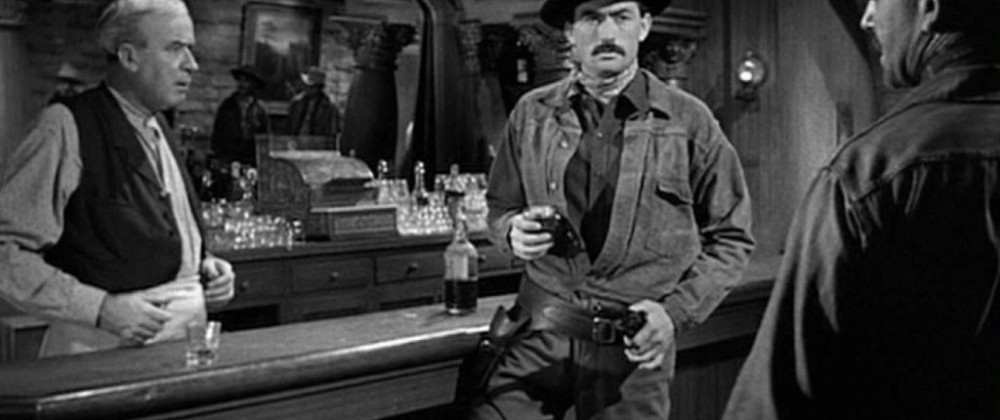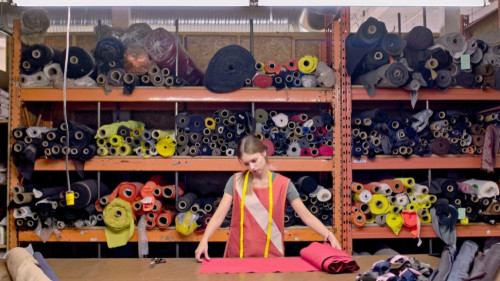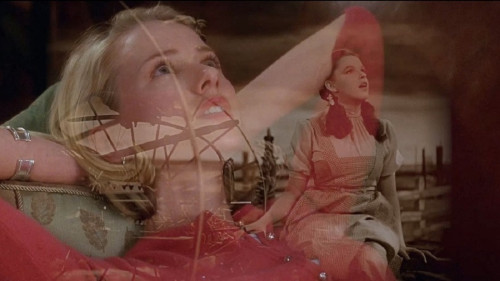Volume 17, issue 11 / November 2013
Westerns: Old and Older
In this issue
-
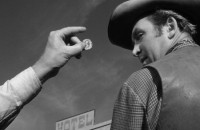
Year of the Gun: 1950 and the Rebirth of the Western
-

Tim Holt and the B Western
-
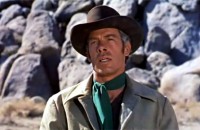
The Final Showdown: 7 Men From Now (1956)
-
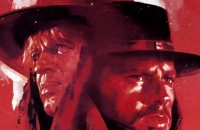
The Great Silence: Guns, Morality and Death
-
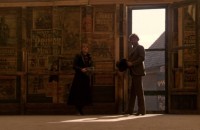
Heroism in Michael Cimino’s The Deer Hunter and Heaven’s Gate
If all stories are about conflict, of what value are knowledge, love, and peace?
The western has been a mainstay of popular cinema since the great success of Edwin Porter’s The Great Train Robbery of 1903. Since then the Western has never gone away, occupying an important space in cultural memory both on the theatre and television screen. This issue’s focus covers from the 1930s to the late 1970s, but thinks of the Western also as a state of mind, something that has always shifted its focus according to broader social and political changes. Three of the five essays are written by Offscreen regular Elaine Lennon and (second time writer) Tom Stempel. Stempel’s essay on the B Westerns of Tim Holt is a good old fashioned (and I mean that as a complement) nuts and bolts, get your feet dirty, empirical analysis, involving research of primary and secondary material, travelling to studio archives, visiting shooting locations, scouring notes, letters, scripts, etc. Stempel’s detailed analysis of the Holt B Westerns is a reminder of a forgotten (or less traveled) part of film patrimony. The majority of old films written about today are the classics, the films directed by well known directors, or starring major actors, the so called A Pictures. But the B movies were the lifeline of the industry and the sort of films that better represent an average movie goers experience in the 1930s to 1950s are (and not to mention the Z pictures, the ones produced outside Hollywood proper by true independents, etc.). Stempel’s feet do indeed get dirty in this Holt essay. Every page is upturned, except that mysterious wind (read and you’ll understand). Lennon’s thoughtful essay “Year of the Gun” exams the broader cultural context (post-WW2 malaise, popularity of existentialist thought, cultural self-reflection) that set the mood and tone for a seismic shift in the Western genre, typified by two great films released in 1950 less than a month apart, Henry King’s The Gunfighter and Anthony Mann’s Winchester ‘73. The importance of the gun, and the gunfighter as a larger than life figure, links Lennon’s essay to my own thoughts on how the Spaghetti Western moved away from the use of the gun/gunfighter as a moral tool. As Lennon notes, “In both films the gun itself becomes the arbiter and repository of moral action.” In Lennon’s essay on the Budd Boetticher directed, Burt Kennedy scripted western 7 Men From Now she tackles no less than genre theory (how does genre operate as myth?), the evolution aspects of the western (why does classicism near a point of diminishing returns and move on to something else?), and, as part of this author’s (and Tom Stempel’s) ongoing ‘crusade,’ challenge the hierarchy of the director as the main author of a film. Through their collective work Lennon and Stempel show how the work of a screenwriter can be placed on an equal standing when a director/screenwriter team achieve aesthetic harmony. Lennon is equally strong on the unique contributions of the director: “Boetticher understands the power of the image not just for its beauty or terror but for its psychological impact. This has a profundity that goes beyond the traditional aesthetic of the genre and lends it a layer of meaning that is new.” But also those of the screenwriter: “Dialogue is not, then, conversation; it affects the impact of conversation and carries character and action forward.” Whenever the writing of Elaine Lennon and Tom Stempel are featured together you know the work of the screenwriter will be given its due, and conventional notions of the director as auteur of a film challenged. Lennon has contributed many such essays to Offscreen analyzing the art of the screenwriter; and Stempel has authored many books on screenwriting. All of this is a good thing, and brings a clarity and precision to their work on the Western. Garrett’s double review of The Deer Hunter and Heaven’s Gate, both directed by third-generation Italian-American Michael Cimino, contextualizes both films within their genres, the western and the war film, and their social/historical context (the Vietnam War). Garrett’s relates the films to both past and subsequent genre films, and reveals how these two seminal American genres are cousins of a sort, as both deal with males in combat, and contested spaces, contested for economic and political reasons. (Donato Totaro, ed.)

